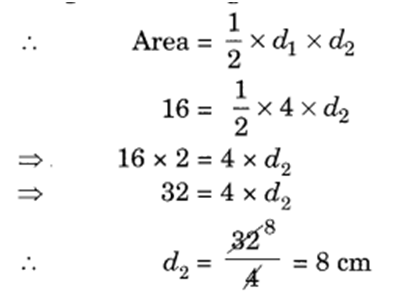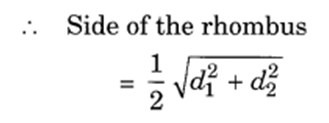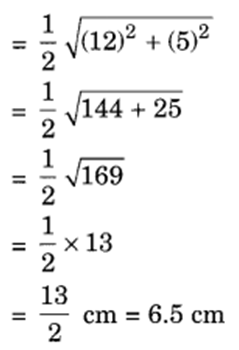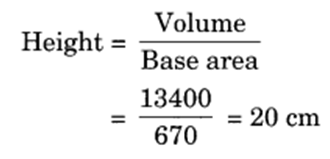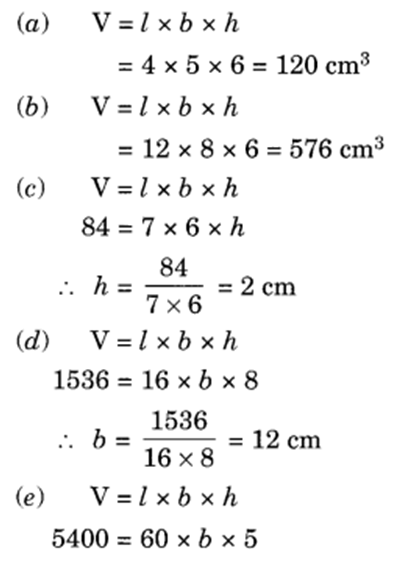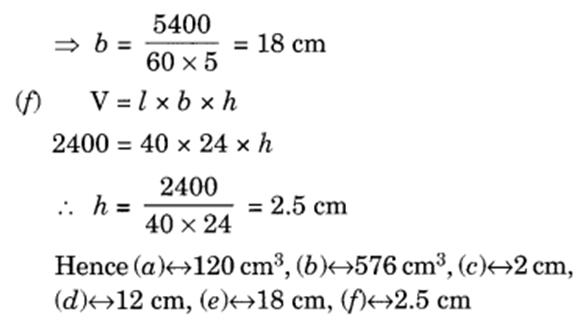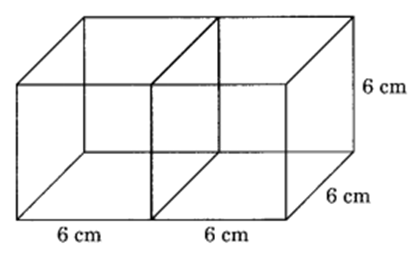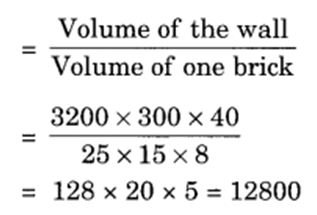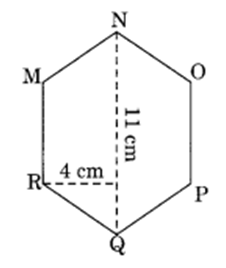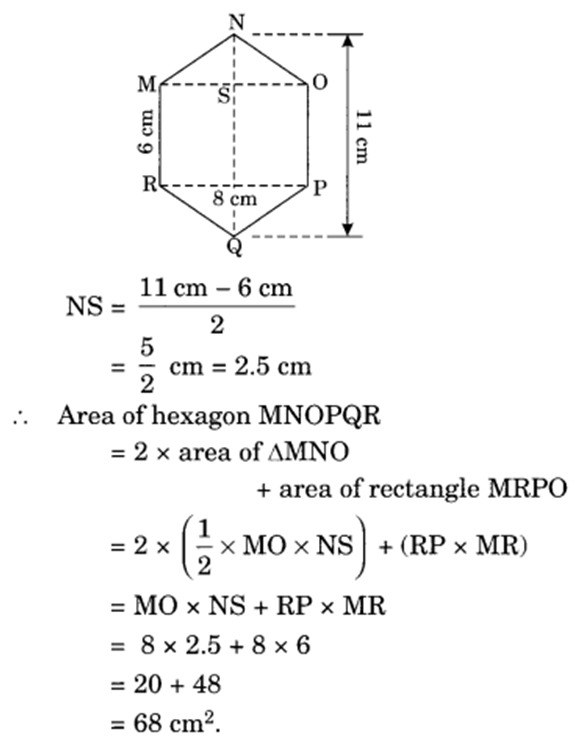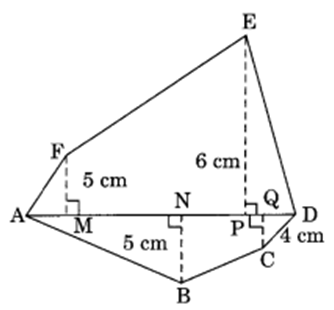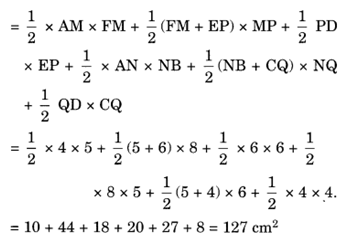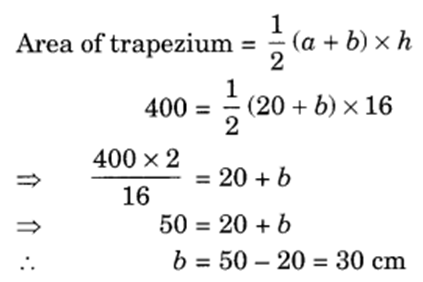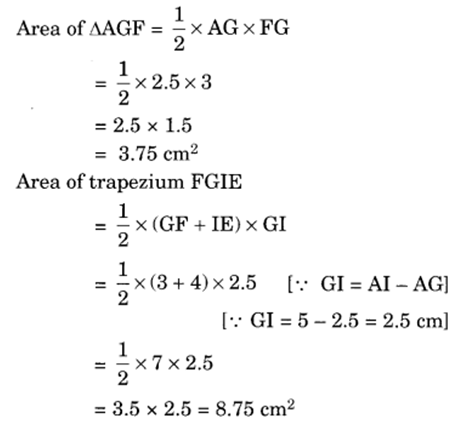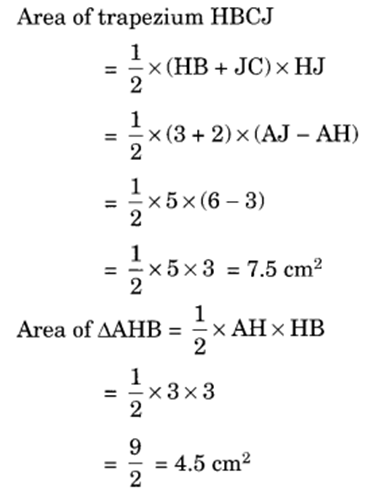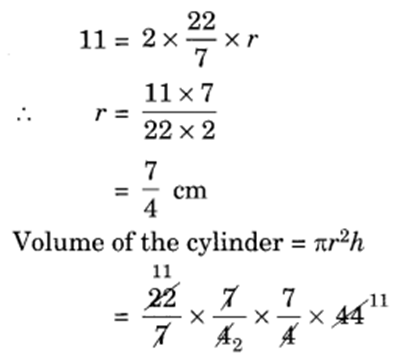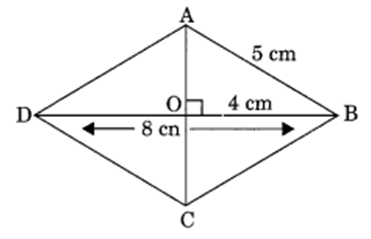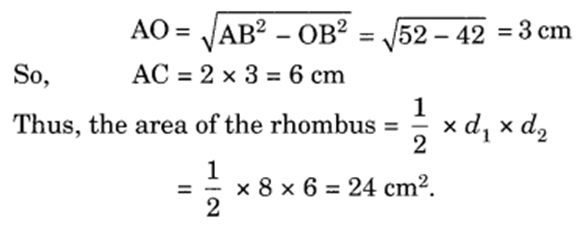Q 1 – The area of a rectangle of length a and breadth b is
(a) a + b
(b) ab
(c) a² + b²
(d) 2ab
Q 2 –1 mm³ =
(a) 0.001 cm³
(b) 0.01 cm³
(c) 0.1 cm³
(d) 1000 cm³
Q 3 – 1 cm³ =
(a) 0.000001 m³
(b) 0.01 m³
(c) 0.1 m³
(d) 1000 m³
Q 4 – The surface area of a cube of edge a is
(a) 4a²
(b) 6a²
(c) 3a²
(d) a²
Q 5 – The volume of a cuboid of length l, breadth b and height h is
(a) lbh
(b) lb + bh + hl
(c) 2 (lb + bh + hl)
(d) 2 (l + b) h
Q 6. 1 L =
ia) 10 cm³
(b) 100 cm³
(c) 1000 cm³
(d) 10000 cm³
Q 7 – The area of a rhombus is 60 cm². One diagonal is 10 cm. The other diagonal is
(a) 6 cm
(b) 12 cm
(c) 3 cm
(d) 24 cm
Q 8 – 8 persons can stay in a cubical room. Each person requires 27 m³ of air. The side of the cube is
(a) 6 m
(b) 4 m
(c) 3 m
(d) 2 m
Q 9 – The floor of a room is a square of side 6 m. Its height is 4 m. The volume of the room is
(a) 140 m³
(b) 142 m³
(c) 144 m³
(d) 145 m³
Q 10 – The heights of two right circular cylinders are the same. Their volumes are respectively 16π m³ and 81π m³. The ratio of their base radii is
(a) 16 : 81
(b) 4 : 9
(c) 2 : 3
(d) 9 : 4
Q 11 – The base area of a right circular cylinder is 16K cm³. Its height is 5 cm. Its curved surface area is
(a) 40π cm²
(b) 30π cm²
(c) 20π cm²
(d) 10π cm²
Q 12 – The area of a trapezium is 480 cm2, the distance between two parallel sides is 15 cm and one of the parallel side is 20 cm. The other parallel side is:
(a) 20 cm
(b) 34 cm
(c) 44 cm
(d) 50 cm
Q 13 – The diagram has the shape of a

(a) square
(b) rectangle
(c) triangle
(d) trapezium
Q 14 – The diagram has the shape of a
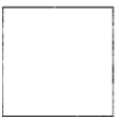
(a) rectangle
(b) square
(c) circle
(d) parallelogram
Q 15 – The diagram has the shape of a
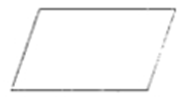
(a) rectangle
(b) square
(c) parallelogram
(d) circle
Q 16 – The diagram has the shape of a
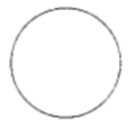
(a) circle
(b) square
(c) rectangle
(d) parallelogram
Q 17 – The diagram has the shape of a
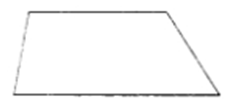
(a) circle
(b) parallelogram
(c) rectangle
(d) trapezium
Q 18 – 1 cm³ =
(a) 1000 mm³
(b) 100 mm³
(c) 10 mm³
(d) ![]() 0mm³
0mm³
Q 19 – The volume of a cylinder of base radius r and height h is
(a) 2πrh
(b) πr²h
(c) 2πr (r + h)
(d) ![]() πr²h.
πr²h.
Q 20 – The perimeter of the figure is
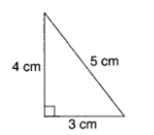
(a) 12 cm
(b) 24 cm
(c) 6 cm
(d) 60 cm
Q 21 – Find the perimeter of the following figures:
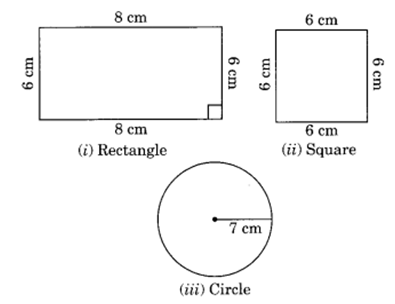
Q 22 – If the side of a square is doubled then how much time its area becomes?
Q 23 – The area of a rhombus is 16 cm2. If the length of one diagonal is 4 cm, find the length of the other diagonal.
Q 24 – If the diagonals of a rhombus are 12 cm and 5 cm, find the perimeter of the rhombus.
Q 25 – The volume of a box is 13400 cm3. The area of its base is 670 cm2. Find the height of the box.
Q 26 – Complete the following table; measurement in centimetres.
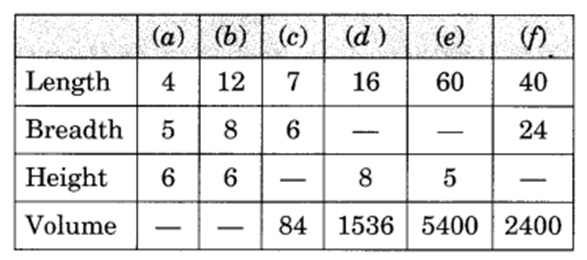
Q 27 – Two cubes are joined end to end. Find the volume of the resulting cuboid, if each side of the cubes is 6 cm.
Q 28 – How many bricks each 25 cm by 15 cm by 8 cm, are required for a wall 32 m long, 3 m high and 40 cm thick?
Q 29 – MNOPQR is a hexagon of side 6 cm each. Find the area of the given hexagon in two different methods.
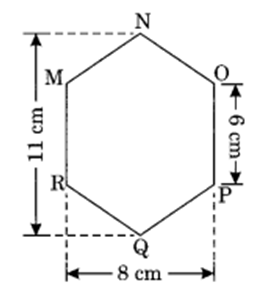
Q 30– Find the area of polygon ABCDEF, if AD = 18 cm, AQ = 14 cm, AP = 12 cm, AN = 8 cm, AM = 4 cm, and FM, EP, QC and BN are perpendiculars to diagonal AD.
Q 31 – The area of a trapezium is 400 cm2, the distance between the parallel sides is 16 cm. If one of the parallel sides is 20 cm, find the length of the other side.
Q 32 – Find the area of the hexagon ABCDEF given below. Given that: AD = 8 cm, AJ = 6 cm, AI – 5 cm, AH = 3 cm, AG = 2.5 cm and FG, BH, EI and CJ are perpendiculars on diagonal AD from the vertices F, B, E and C respectively.
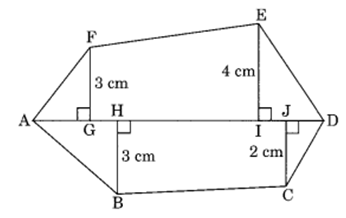
Q 33 – A rectangular metal sheet of length 44 cm and breadth 11 cm is folded along its length to form a cylinder. Find its volume.
Q 34 – 160 m3 of water is to be used to irrigate a rectangular field whose area is 800 m2. What will be the height of the water level in the field?
Q 35 – Find the area of a rhombus whose one side measures 5 cm and one diagonal as 8 cm.
